Call auditing involves evaluating and reviewing your contact or call center’s performance to ensure maximum efficiency and team productivity.
An effective call audit process can help you identify opportunities, strengths, and weaknesses by determining if the operation meets specific, measurable performance criteria.
Ultimately, a successful call audit will provide insights into precisely what is happening in the contact center. You can then utilize the data collected to make improvements.
In this article, we’ll provide a checklist for conducting a call audit and tell you how to use the results to improve your contact or call center operations. We’ll also highlight the importance of conducting call audits.

Table of Contents
- 3 point call audit checklist for contact center BPOs
- 4 steps to utilizing call audit results
- Importance of conducting call audits
Let’s dive in.
3 point call audit checklist for contact center BPOs
Whether you run a BPO call center or contact center, call auditing should form part of your quality assurance process.
Since there are many aspects of the contact center to consider, you must approach the call audit process methodically for it to be effective. For this, you could enlist an auditing services company, independent auditor, or undertake the process yourself with your team’s assistance.
Here’s a straightforward call audit checklist to help you get started:
1. Define call audit guidelines
Your guidelines should include the purpose, goals, and auditing procedure, and metrics for each audit. This will ensure fairness and uniformity throughout the process.
Setting guidelines includes:
- Deciding on deadlines and milestones for progress reviews.
- Identifying chief stakeholders, assigning ownership to specific team members, and gaining buy-in from them.
- Identifying how you will align audit outcomes with business objectives.
2. Focus on key KPIs
A successful call audit focuses on the most important KPIs (Key Performance Indicators) affecting the four primary facets making up a contact center.
The key aspects of the contact center to consider are:
A. Inbound and outbound calls
The most important activity of any contact center is making and receiving calls. So you’ll need to identify and assess every aspect of your calls to ensure optimal efficiency and satisfactory contact center performance.
The key areas to examine include:
- Call classification: Amount of unsuccessful calls, including busy, no answer, invalid number, etc.
- Call cost/benefits analysis: How much each inbound or outbound call costs your business.
- Call flow structure: Determine whether the call script is as effective as possible.
- Call quality: Here there are a few aspects to consider.
- Did the agent follow the process for confirmation of caller identity?
- Review the agent’s service level and product knowledge.
- Determine if the agent was able to resolve the customer’s issue.
B. Your internal processes
Next, you’ll need to evaluate your internal processes.
Thoroughly examine procedures, policies, and processes and determine whether they can be improved or eliminated altogether to quicken the customer’s journey.
For example, one critical procedure to evaluate is your call script.
When evaluating your call scripts, the audit team should ask the following questions:
- Are they well crafted and easy to understand?
- Are they updated whenever something changes within your company or industry?
Your call scripts will differ depending on whether your agents are offering professional services or selling goods and services to consumers.
Also remember to retain records of every call that’s audited. This way, you can ensure your contact center team receives accurate and actionable audit results.
C. Customer experience
Call auditing can help you ensure consistently high customer service standards on all calls. This can boost client acquisition and retention, ultimately improving profitability.
Here are a few metrics you could use to measure your customer experience:
- Customer satisfaction (CSAT) Score: Customer satisfaction scores can vary widely based on the type of CSAT question asked. The closer the score to 100%, the better.
- Net promoter score (NPS): These scores can range between -100 and +100. A score closer to +100 is good. A negative score means more customers are not likely to recommend you than are.
- Customer effort score: This score could be somewhere between 1-5, the lower the number, the better, meaning customers have to put in the least effort.

D. Agent performance
Contact or call center agents are your customers’ point of contact. So with every customer interaction, agents can either create happy customers or cause the company to lose revenue. That’s why evaluating agent performance is critical to the call audit process.
You can evaluate agents using the following metrics:
- Adherence to schedule: Whether an agent is sticking to their schedule and answering or making calls when they are rostered to do so..
- First call resolution: How many calls are resolved on the first contact. A high FCR means high productivity, indicating that an agent takes fewer interactions to resolve issues.
- Call handling time: This call center metric will help you determine how long a customer is waiting to receive a resolution. A high average handle time means that customers wait a long time between responses. This is often a sign that agents need additional training or that you need to address issues with your internal processes.
3. Make use of the right software
So far we’ve discussed what aspects of your contact center need to be assessed in a call audit. But without the proper tools, you won’t be able to do any of this.
For the most efficient call auditing process, you’ll need two categories of tools – one to measure agent performance and another for call monitoring to evaluate each customer call.
A. For agent assessment
Here are the best tools for evaluating contact center agent performance.
i) Time Doctor
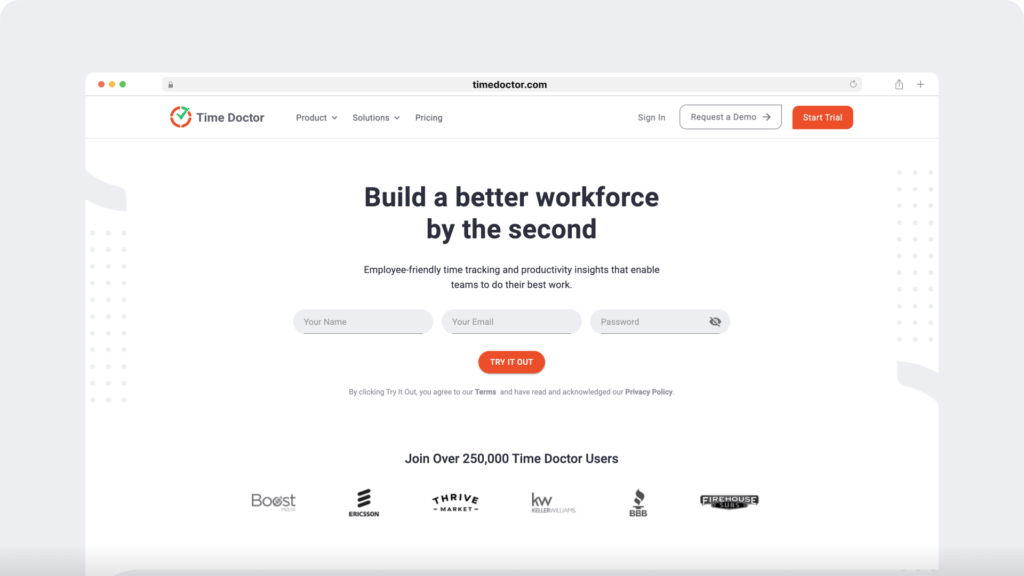
Time Doctor is a feature-rich yet easy-to-use time tracking and productivity management software tool to measure agent performance and help them work more productively. It’s used by small business owners like Thrive Market and larger corporations like Ericsson.
It also increases visibility to keep leaders and clients informed with measurable work insights and evidence of billable hours.
Let’s explore some of Time Doctor’s powerful functions for BPO service providers.
Key features
It has several handy features to help manage your agents’ performance:
A. User-friendly time tracking
You can track time using two convenient modes.
The interactive timer lets you track time for different tasks using a simple start/stop timer. So, your agents could track time spent on specific calls, different customer’s calls, time spent resolving queries off the phone, etc.
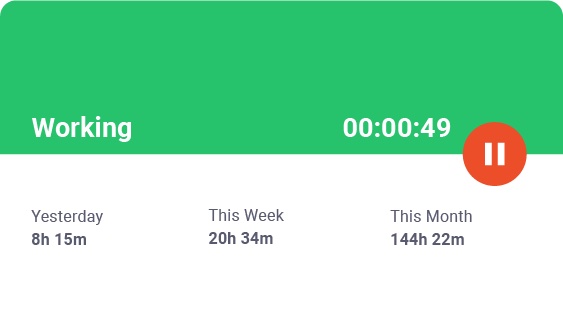
If you prefer to track time automatically, Time Doctor has an automatic mode that begins recording as soon as the agent turns on their computer.
The app will continue to track time silently in the background as they work.
B. Work schedules
The work schedule feature allows contact or call center managers and administrators to create work schedules and track agent attendance in real-time.
Here’s how you can simplify your scheduling and attendance tracking using Time Doctor:
- Add or modify a single shift or make bulk edits.
- Create flexible shifts for any period up to a week.
- Set different schedules for agents.
- Access detailed attendance reports.
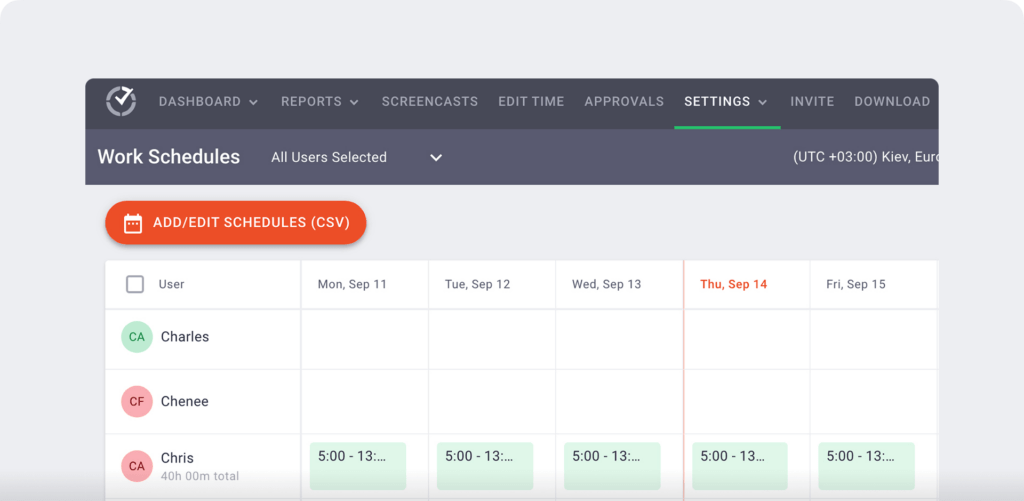
C. Comprehensive productivity reports
Gain actionable insights into an agent’s productivity with detailed reports.
Some of these reports include:
- Activity summary report: Shows an agent’s active and unproductive time, down to the second, for a specific time frame.
- Timeline report: View the time agents spend working and on breaks in daily and weekly formats.
- Web & app usage report: See which websites and apps agents spend their time on and for how long, in real-time to help identify distractions and time-wasters.
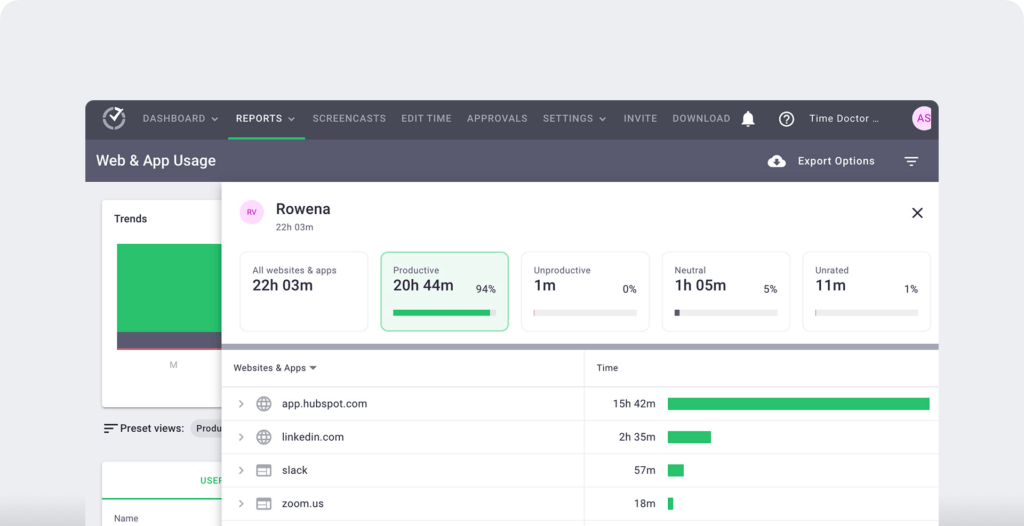
D. Optional screencasts
Use Time Doctor’s optional screencast feature to gain valuable insight into agent activity. Once enabled, this function will take screenshots of agents’ screens at various intervals, revealing exactly what your team is working on.
This feature can be enabled/disabled for each user.
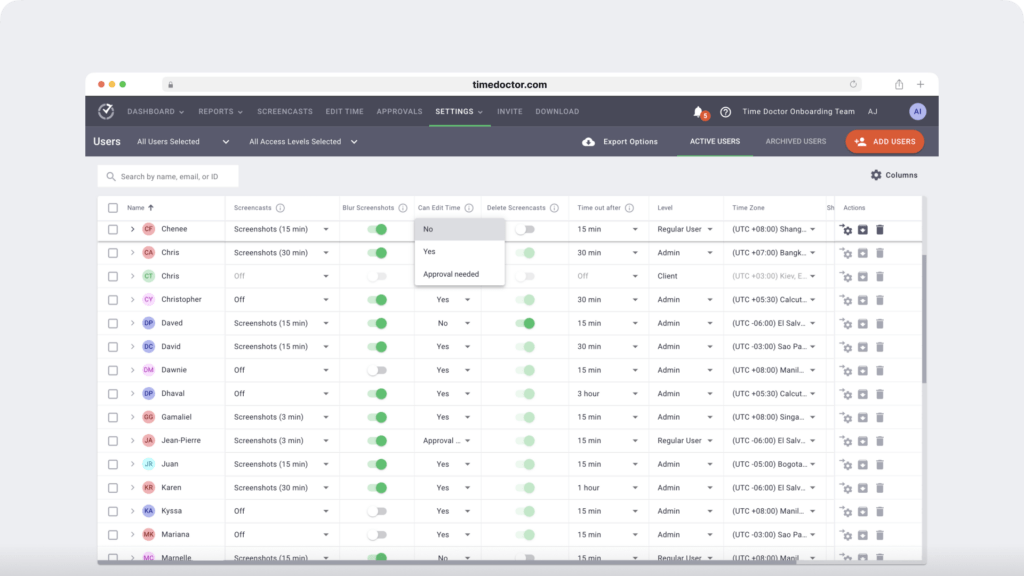
Note: To protect agents’ privacy, the administrator can blur sensitive information in the screenshot.
E. Client login access
Build client trust and improve client retention by offering them free, read-only access to your Time Doctor data. Client login access lets them receive instant progress reports and updates on the projects and tasks that your team is working on.
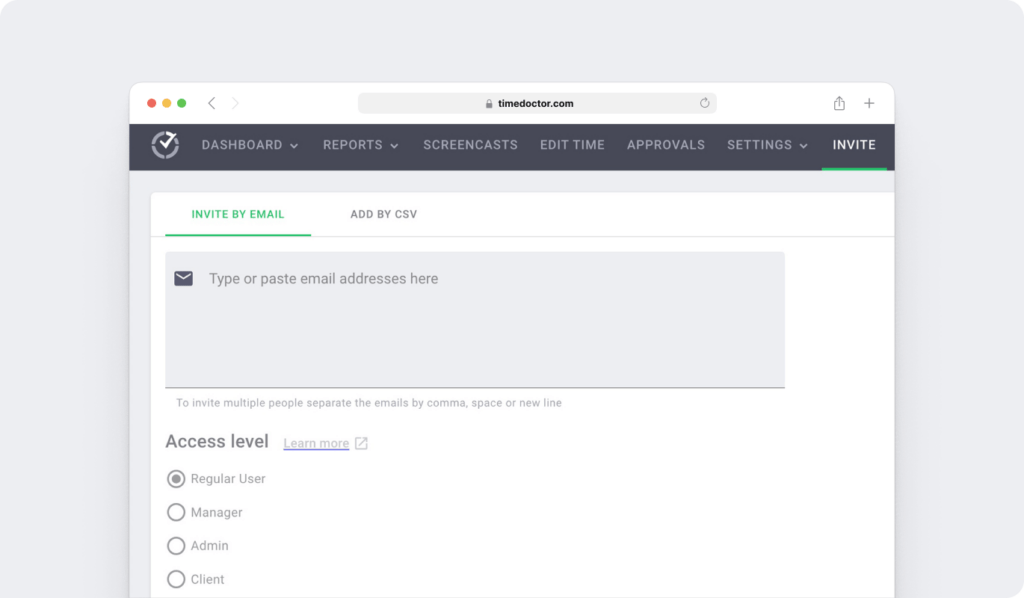
F. Work-life balance feature
Time Doctor has a handy work-life balance widget that identifies when you or a team member are at risk of burnout.
The app can detect if a team member worked:
- Too many hours.
- Late hours.
- Outside of scheduled hours.
- On the weekend.
You’ll be able to see who has the highest number of potential work-life balance issues based on the rules your company specifies.
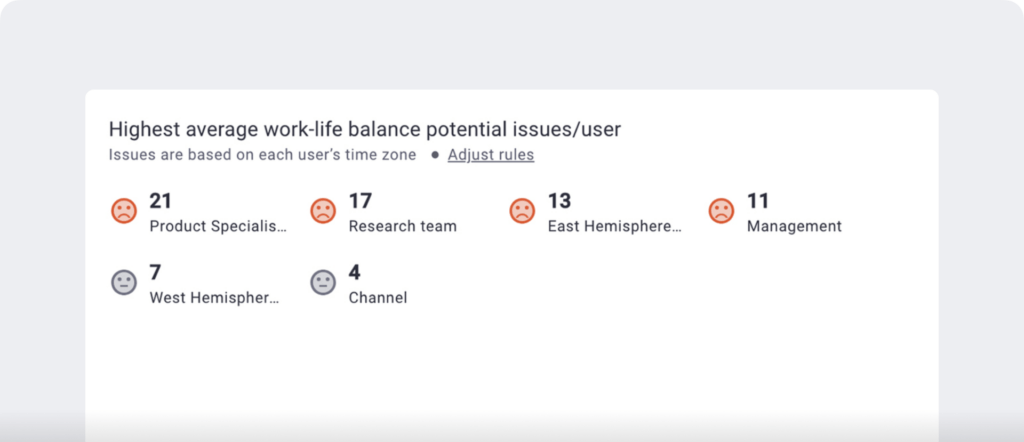
Check out all of Time Doctor’s robust features here.
Pricing
Time Doctor’s paid plans start at $7/user per month and there’s a free 14-day trial (no credit card required).
Customer ratings
- G2: 4.4/5 (280+ reviews)
- Capterra: 4.5/5 (400+ reviews)
ii) ActivTrak
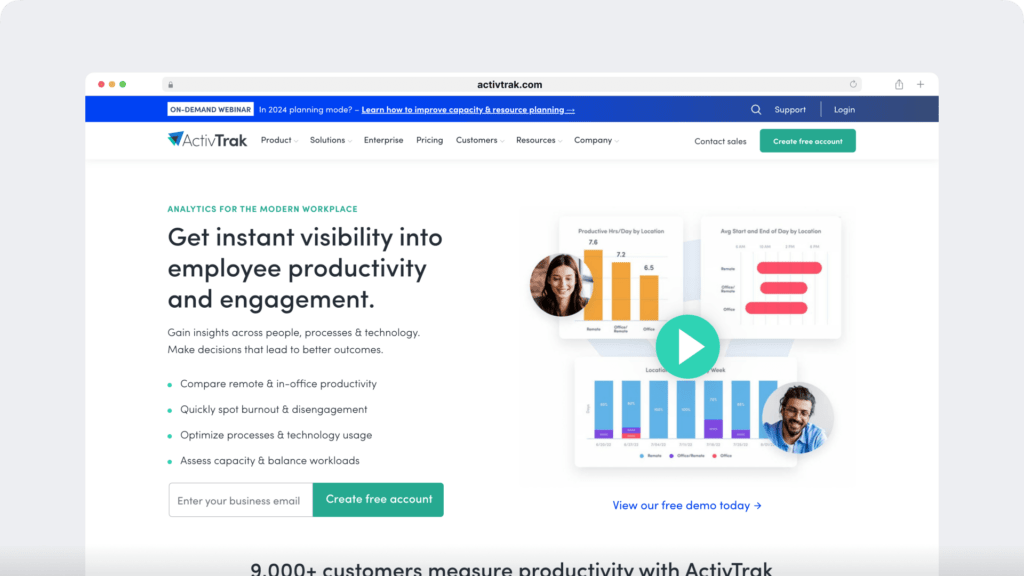
ActivTrak is a cloud-based team management tool that offers insights into agents’ daily working hours and tracks time automatically.
Key features
- Offers real-time insight into team activity while they work using the dashboards.
- Checks how agents spend their time across multiple applications.
- Generates additional records based on tracked time to offer insights into productive and unproductive activities by day, week and month.
- Identifies over and under-utilized agents to help balance workloads.
For more about ActivTrak’s features, check out this detailed review.
Pricing
ActivTrak has a free plan. Paid plans start at $9/user per month.
Customer ratings
- G2: 4.5/5 (190+ reviews)
- Capterra: 4.6/5 (530+ reviews)
iii) Teramind
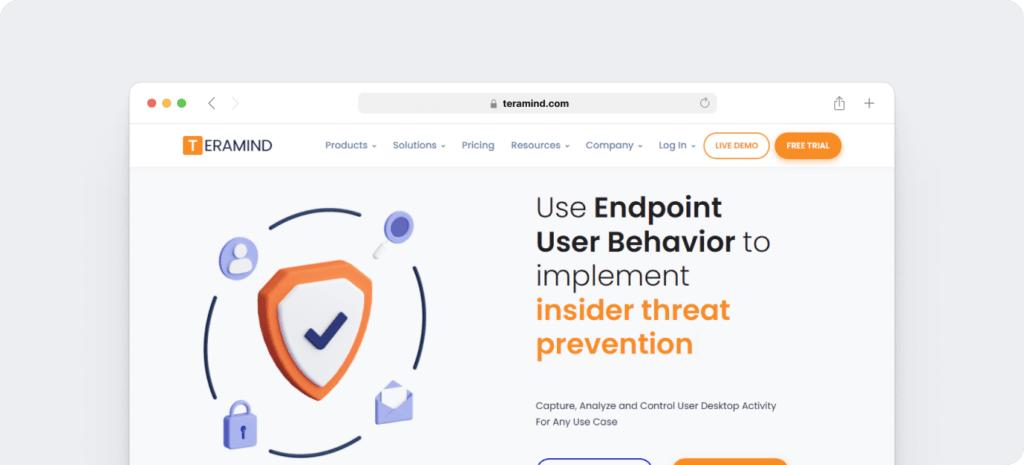
Teramind is an employee monitoring and behavior tracking solution with several productivity optimization tools. It also offers data loss prevention and legal compliance functions.
Key features
- Tracks all agent actions on the computer and generates detailed reports.
- Monitors team activity to ensure compliance with company guidelines and regulatory compliance with state and federal laws.
- Records videos of user actions on the computer.
- Offers protection against data loss, system breaches, data leaks, and IP theft.
Pricing
Teramind’s paid plans start at $12/user per month (5 user minimum). They also offer a 14-day free trial.
Customer reviews
- G2: N/A
- Capterra: 4.6/5 (60+ reviews)
B. To analyze calls
Here are a few useful solutions to deconstruct and evaluate each phone call.
i) Talkdesk
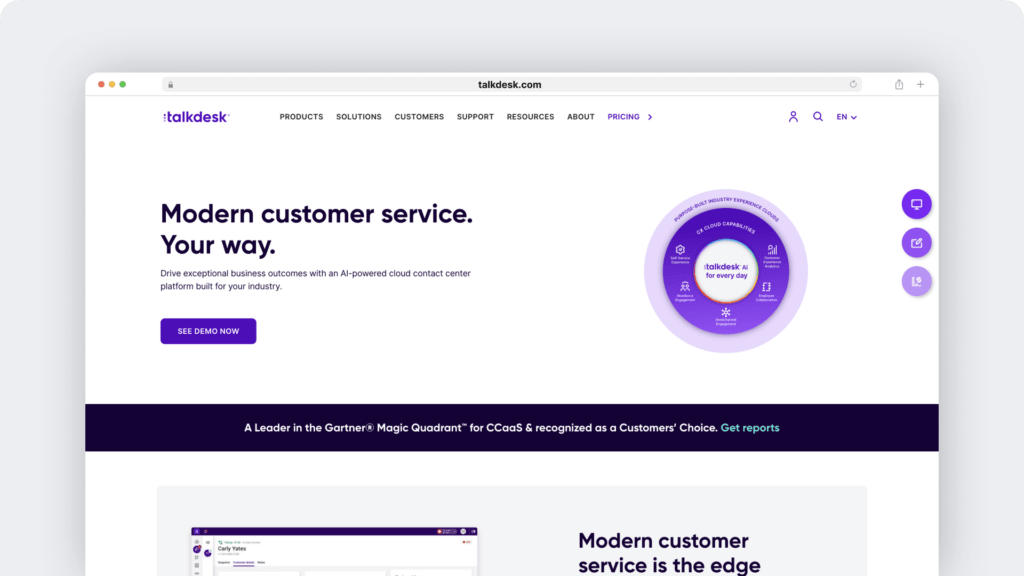
Talkdesk is a popular end-to-end contact center software solution that uses AI (Artificial Intelligence) to improve operational efficiency. It also offers basic functionalities for productivity management.
Key features
- Shows customer experience and agent activity analytics in real-time dashboards.
- Enables automation of services like customer self-service, fraud mitigation, and AI.
- Provides encrypted audio and screen recording for increased security.
- Lets you review recordings from multiple phone lines.
Pricing
Talkdesk’s plans start at $75/user per month.
Customer reviews
- G2: 4.4/5 (1800+ review)
- Capterra: 4.5/5 (670+ reviews)
ii) Nice CXOne
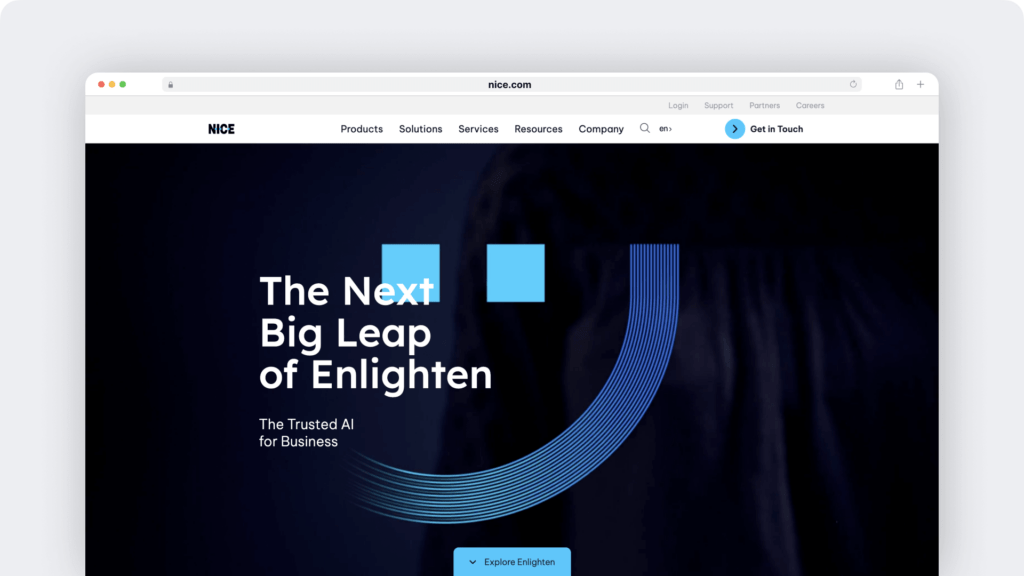
Nice CXOne is a cloud-based customer experience and call recording solution that utilizes AI, bots, and automation to optimize customer support.
Key features
- Records calls and manages calls from numerous channels in a single system.
- Shows sentiment analysis and voice transcription in real-time.
- Records interactions from various channels including video conferencing, chats, social media, and phone calls for quality monitoring.
- Lets you customize call journeys from start to finish using focused AI.
Pricing
Nice CXOne offers a free 60-day trial. Please contact their sales team for pricing information.
Customer reviews
- G2: 4.3/5 (1550+ reviews)
- Capterra: 4.2/5 (510+ reviews)
iii) Ameyo
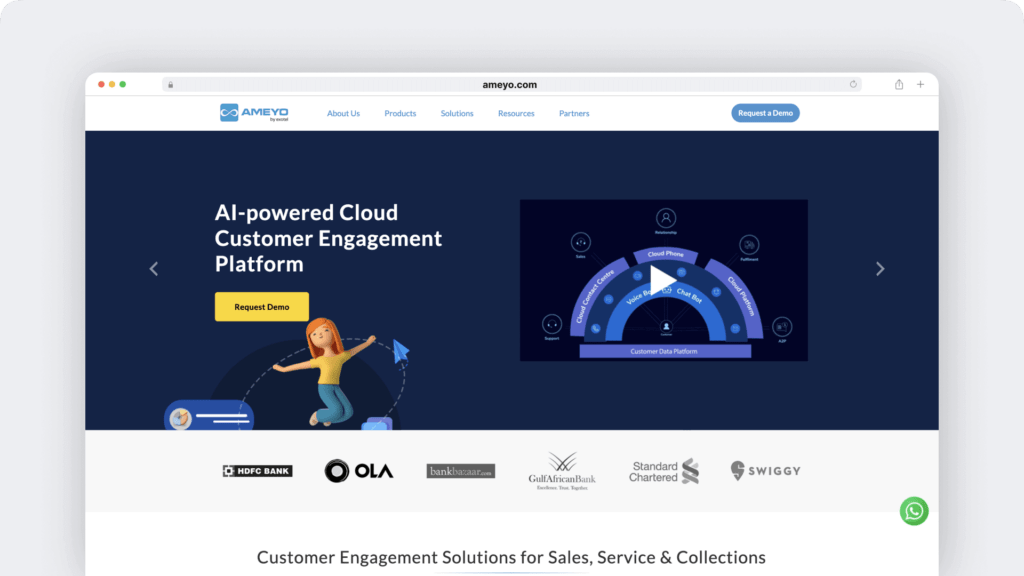
Ameyo is an AI-powered cloud customer engagement software that supports inbound and outbound calls, mobile apps, IVR (Interactive Voice Response) and one-one internal team chats.
Key features
- Routes calls automatically to the most qualified agent to address the issue.
- Lets agents communicate with clients via an online service using their preferred channels like WhatsApp.
- Allows you to reach out to multiple leads at once with the auto dialer.
- Tracks all calls and agent activity so you can use the data for your contact center audit.
Pricing
Please contact Ameyo for a custom quote.
Customer ratings
- G2: 4.3/5 (1550+ reviews)
- Capterra: 4.1/5 (70+ reviews)
Next, let’s see how you can put the results of your call audit to good use.
4 steps to utilizing call audit results
Once your contact or call center audit is complete, it’s important to establish a reporting structure and plan how you’ll utilize the results.
Step 1: Compile an audit report
Compile a comprehensive and easily readable report based on your findings.
Your audit reports should include:
- A gap analysis: Weighing the current state of the business against company goals.
- Measurements against best practice: Use the audit findings to measure your contact or call center’s performance against industry standards and benchmarks.
- Make recommendations: Map out initiatives that will improve efficiency and have been quantified.
Step 2: Communicate the results
Share your results with your executive leadership team first so they can understand the issues that need to be addressed. Following this, you can share the data with the rest of the team.
Step 3: Develop a plan of action
Plan how you’ll address problematic issues identified by the call audit. This can be a step-by-step plan outlying the course of action.
Step 4: Implement corrective measures
The final step is taking corrective action company-wide. You can do this in stages based on your carefully devised action plan.
Next, let’s examine why regular call auditing is critical for any contact center.
Importance of conducting call audits
Want to retain industry competitiveness and ensure the profitability of your BPO business?
Then it’s critical to conduct call audits regularly.
Here are the benefits of call audits:
- Identify areas for performance improvement.
- Pinpoint weaknesses within the contact center and identify unaddressed business needs.
- Identify possible compliance issues.
- Discover opportunities for new business, technology upgrades and workflow optimization.
Final thoughts
Understanding how your call or contact center operates is critical for any service-based business. The actionable insights you attain with a call audit will enrich the customer journey, improve performance and profitability.
And if you’re looking for the best tool to help you stay on top of your agents’ performance and ensure successful call audits, Time Doctor’s the answer.
With excellent attendance, performance management, and analytical features, it can help you improve productivity and ensure the highest levels of customer service.


